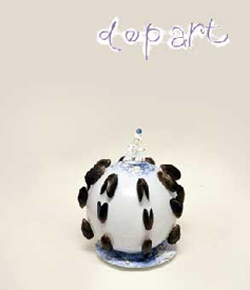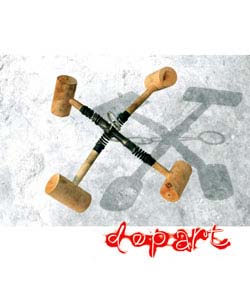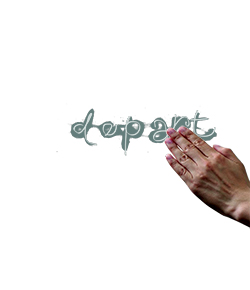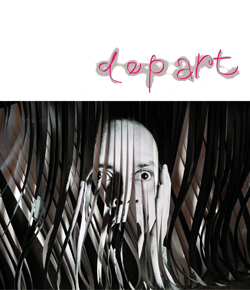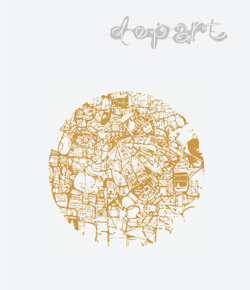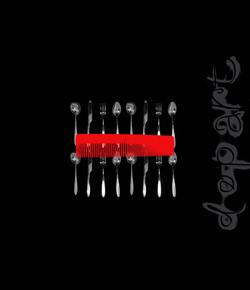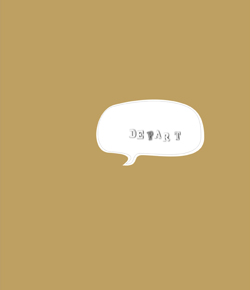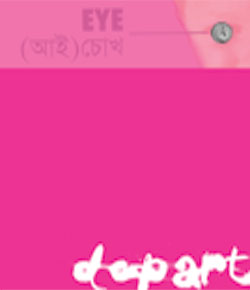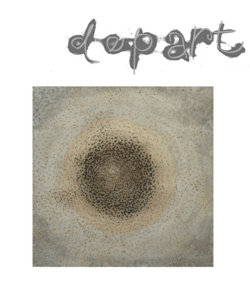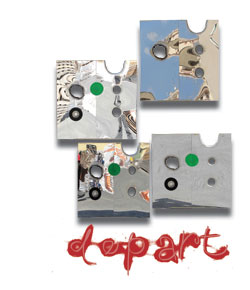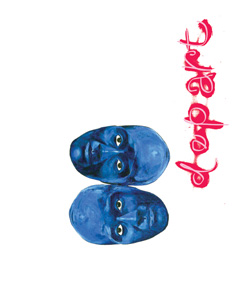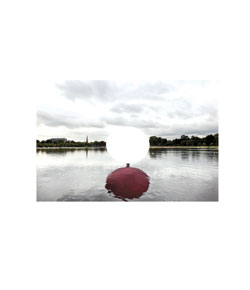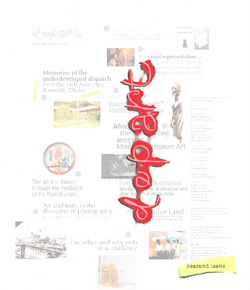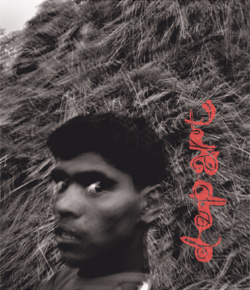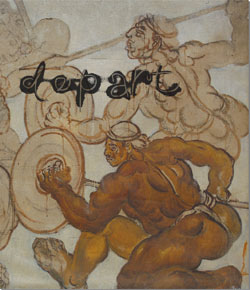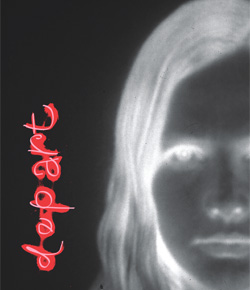navigator
When the gaze travels afield and beyond

Through the Lens bills itself as an online open community of photographers who join forces to pool ideas, techniques, new forms of expressions and experimentations to hone the variegated edges of their collective penchant for photography. A staggering crop of communities spanning across all fields of knowledge and cultural practices, some in professional capacity, others mostly in pursuit of their hobby horse, are 'occupying' the corridors of the world wide web, a global symptom one may dub as – 'will to knowledge, power through visibility/connectivity.' Through the Lens is no exception but for the fact that they have led their bandwagon upstream into the increasingly thick traffic of Bangladesh photographic practice by organizing online competitions, helping to bring the unsung local under the spotlight.
Out of the Box IV, was an 'open studio' displaying the harvest of the online competition which ran its fourth edition at Drik Gallery from October 4 to 6, 2013. The ensemble mainly featured black and white photographs with a sprinkling of coloured renditions. Upon entering the gallery one was greeted with a pleasant surprise at the freshness of an uninitiated and un(der)staged show. Free of the affect of intentional toning down, the unceremonious mounting enhanced further by missing captions/credits glinted off the rough edges of an exhibition effort that stood in stark contrast to similar ventures that regularly unroll within the consecrated walls of Drik.

The website for the competition claims, 'the term “Out of the Box” means Extra-Ordinary, Nonconformist and Creative,' a simplistic conceptual boundary no doubt, however, the contents, true to form, fanned out in manifold refracted spectrum gliding glibly beyond the 'box', in other words, phantom of the 'documentary'. It is the mysticity of the uncanny that hovered around the edges of the still-frames, threatening to break in, which heightened the drama of depth (there is more than meets the eyes) and dread, laced with a hint of cosmic mystery. The captured 'moment', thus, shies away from glorifying a reinstatement of verisimilitude, rather the maneuver of its very 'birthing' tells of an authorial stance open to multiple channels of viewing, intent upon opening the Pandora's box.

In most of the b/w photographs the ethereal play of light and shade, technically known as the Rembrandt effect, is exploited to lend an extra-real dimension to the visual field, transmuting images into poetic imagery. The mise-en-scenè evokes a sense of foreboding, of deep rumination nudging the eyes to look askance at the nature of things one takes for granted, to question the very mode of our sensitized/sanitized perception. The idea of the passage of time is taken up as a character in its own right in Md Fahad Al-Alam's Untitled:
A shady corridor, a girl takes a playful twirl in carefree abandon, ghost of her past follows her in a blurry streak throughout the motion; long exposure, slow shutter speed, perfectly steel frame, in all probability a timely intervention of electronic flash, all of these could be attributed to the poetry etched in black and white. The gaze is dislodged from the optic regime to search for the otherwise unseen, and for that matter the most riveting.


Jessica Islam Lia in her Only my Dreams Will Wander dissects the surface plane of 'appearance' looking for the invisible but potentially form-changing elements that sizzle beneath, that of the stuffs of dreams and desire, that which constantly erupts into the apparently stable existence of a social subject with an urgent call to renegotiate the possibilities of relationship with her world. Abu Sayeed Sumon's Suhrawardy Park manipulates the technique of 'layering' to a more poignant effect, as he reassembles objects in a geometric order guiding the eyes gently across the picture only to come to rest on the feet in the foreground (the whitened feet of an amphibian who sought its home in the harmonic embrace of water), injecting a dynamism of movement and multi-dimensionality that disrupts all sense of stasis of a frozen moment, and embeds it in a vibrant context.
Different Ways by Shafiul Umam weaves yet another story, of forces melding, of that of man and nature. By sheer manipulation of light source a visually textured imagery has been brought to life, which seems to surge out of a backdrop of an impressionistic skyline, the luminous glare fixed on the turned away bodies, while sparkles of jewel-like jets of water spatter enigmatically across the surface hinting at a manifested beyond that eludes the customary gaze.


Slavoj Zizek explains the real as a 'miraculous ethical act', a self reflexive fiction that perpetuates its 'spectral appearance' to shun one's mind rather defensively from confronting the festering decay and decadence that mark our commodified life. It is through the portal of aesthesis that man's frazzled soul navigates the murky terrain of one's own reality, to break away from the mystifying camouflage of 'appearance' that hurls daily challenges to his attempts at imparting a higher meaning to life. These photographs, on the other hand, by refusing to simply carry the staff of their prescribed representational value rent tears and holes upon the 'spectral' veil that passes for 'real' as we know it.
The exhibition ran from 4-6 October, 2013, at Drik gallery.




